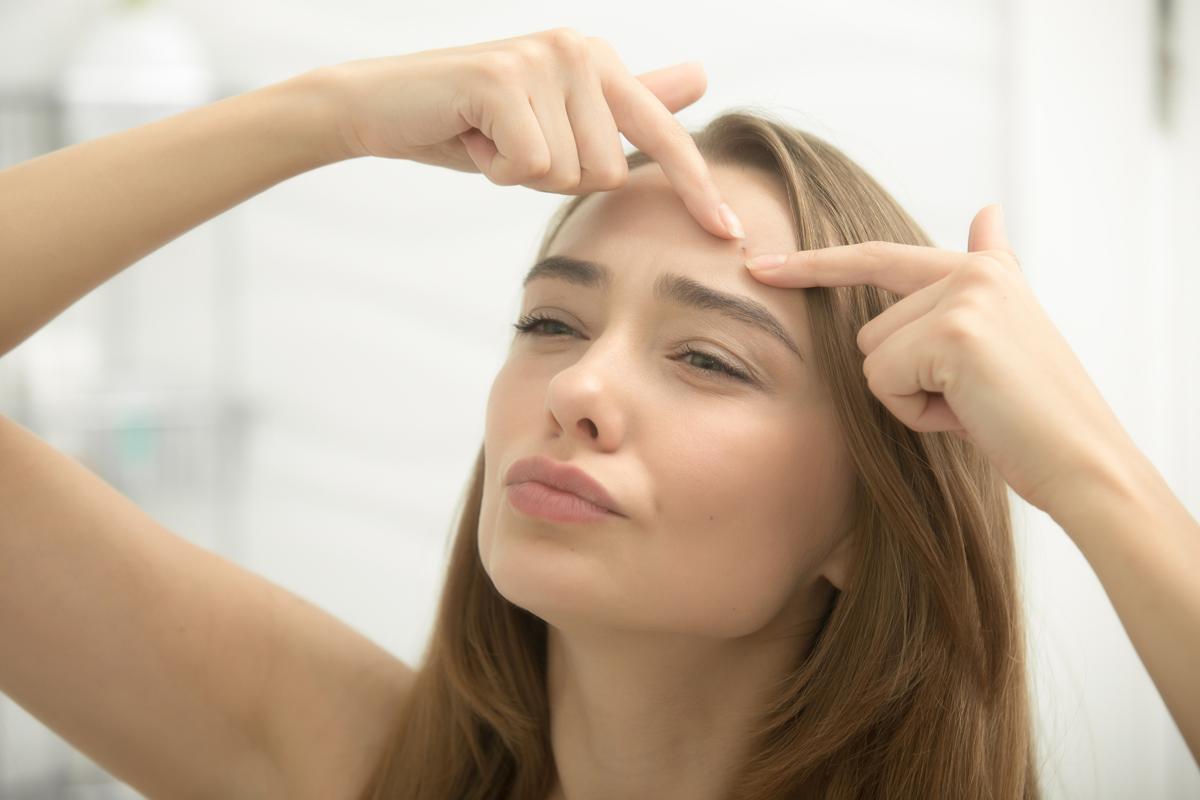
Acne 101
Chances are, you’ve experienced acne. Acne is a very common skin condition that appears in many forms. Some types result in uncomfortable and irritating hard pimples. They can be on top or underneath the skin’s surface. Hard pimples are caused when dead skin cells, oil, and bacteria get under the skin’s surface. Certain types of hard pimples should be treated by a doctor to prevent them from getting worse and leaving scars.
What causes a hard pimple to form?
Acne is a very prevalent condition among preteens, teens, and adults. About 8 in 10 preteens and teens have acne. Overall, approximately 17 million Americans deal with acne.
Acne occurs when skin pores or hair follicles become clogged. Pores get clogged with:
dead skin cells
sebum, an oil produced by your body to keep the skin from drying out
bacteria called Propionibacterium acnes
Hard pimples develop when dead skin cells, sebum, and bacteria enter the skin’s surface. Once under the skin, bacteria can multiply quickly. This can cause the skin to become irritated and even infected. Hard pimples appear as raised bumps on or under the skin’s surface. Sometimes, they’re filled with pus.
It isn’t clear what causes acne, although there are several things that may influence it. These include:
fluctuating hormones
medications
stress
makeup
friction on the skin, such as from a hat or a backpack
genetics
How are hard pimples typically treated?
There isn’t one single cure or treatment for acne. Your condition will be treated depending on the type you have and its severity.
Papules and pustules are often considered to be a mild form of acne. You may be able to treat them with over-the-counter (OTC) products containing benzoyl peroxide or salicylic acid. If you follow the instructions on the individual product, your skin may clear up within a few weeks. If you aren’t seeing any success with OTC treatments, you may want to speak with your doctor about other options.
Cysts and nodules should be treated by a doctor. These are more severe forms of acne that require intensive treatments. Your doctor may recommend topical treatments, oral treatments, or even a different treatment method, such as light therapy.
Topical treatments for acne
There are a variety of topical treatments for acne. Some are available over the counter, and others require a prescription. You may also be able to get a higher dose of some topical treatments with a prescription. Topical treatments can kill bacteria or target other symptoms, such as reducing the oil on your skin.
Types of topical treatment include:
retinoids, which prevent hair follicles and pores from becoming clogged
antibiotics, which kill bacteria and reduce irritation
benzoyl peroxide, which kills acne-causing bacteria
salicylic acid, which removes dead skin cells on the skin’s surface
Oral treatments for acne
Your doctor may recommend an oral medication for your nodules and cysts. These types of treatments include:
antibiotics, which are taken for a short period of time and stopped when symptoms clear up
birth control pills (for women) to help balance your hormone levels
isotretinoin, which is typically used in severe cases that are unresponsive to other medications
Other treatments for acne
There are several treatments beyond topical and oral medications that may help your cysts and nodules:
Laser and light therapy attack bacteria that cause acne.
Drainage and extraction is a procedure that enables your doctor to remove an acne cyst.
Steroid injection allows your doctor to inject a steroid into the affected area.
Could this bump be something else?
What appear to be hard pimples may be the result of another condition altogether. If you experience any unusual symptoms, or if your hard pimples aren’t clearing, you should consult your doctor. They can confirm whether these bumps are truly acne or if they’re the result of another underlying medical condition.
For example, basal cell carcinoma may appear to be acne, as it forms on the outer layer of the skin and in hair follicles. Another condition, chloracne, looks like acne but is caused by exposure to halogenated polycyclic hydrocarbons. It can result in cysts or nodules. Rosacea can appear as papules and pustules, but may require different treatment.
Tips for preventing future breakouts
You may be able to prevent future breakouts if you:
Wash your skin twice a day and after exercise. This can prevent the spread of bacteria from your hands to your face.
Refrain from touching your face and other acne-prone areas.
Don’t touch, pop, poke, or rub your acne. This can make it worse and may lead to scars.
Avoid scrubbing your skin and treat it gently.
Use products that work for your skin, including water-based makeup, lotion, and sunscreen.







